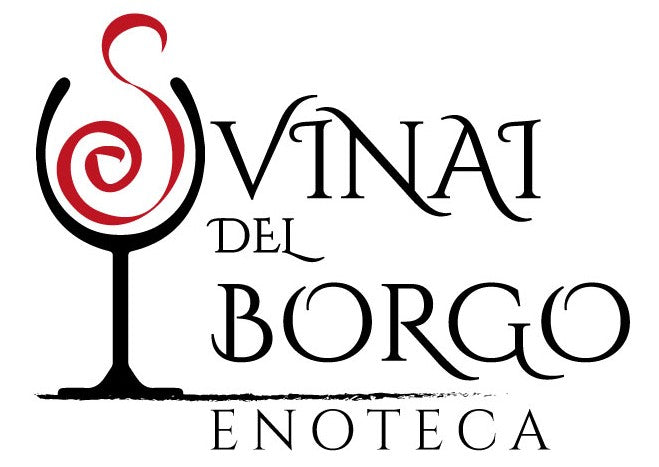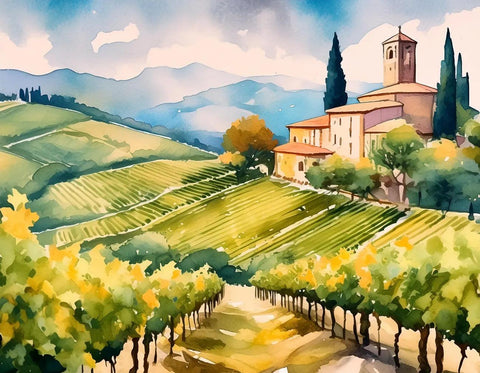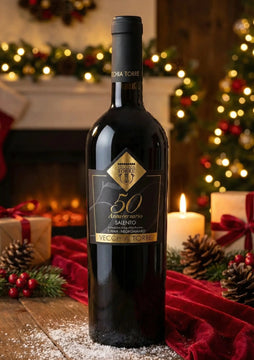CHOSEN EVERY DAY BY THOUSANDS OF CUSTOMERS WORLDWIDE:
 Fast Delivery
Fast Deliverywith Anti-Breakage Packaging
 Chosen and Guaranteed by Professional
Chosen and Guaranteed by Professional Tasters
 24/7 Customer Service
24/7 Customer Service
Our blog
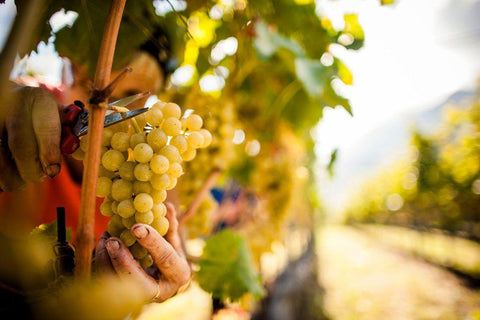
Le Marche, a central Italian region, is known for its landscape diversity and rich food and wine tradition. Famous for high quality wines, it produces varieties such as Verdicchio, Montepulciano, Sangiovese, Pecorino and Passerina. The unique terroir, with mineral soils and temperate climate, enhances the profiles of the wines. The culinary tradition, with dishes such as Ascolana olives and fish broth, pairs perfectly with local wines. A region waiting to be discovered!

With the evolution of the climate and ever-changing consumer preferences, white and sparkling wines are gaining importance in the wine landscape. Prized for their freshness and versatility, these wines have become an increasingly popular choice. Explore the distinctive characteristics of white wines such as Chardonnay and Sauvignon Blanc, and Italian sparkling wines such as Franciacorta and Prosecco. Climate change has significantly affected viticulture, leading to greater demand for light, acidic wines, ideal for warmer climates and social occasions.
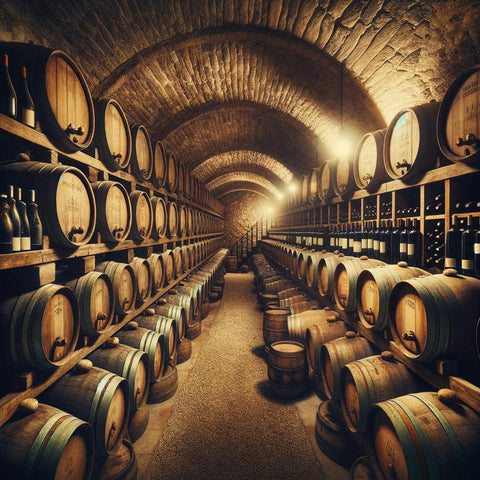
Discover the differences between DOC, DOCG, IGT and DOP in Italian wines. These denominations guarantee quality and authenticity, protecting the Italian wine heritage. Explore the history and importance of these certifications with examples of prestigious designations.
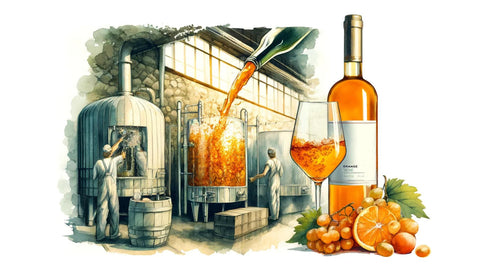
Orange wines, or skin-macerated wines, are a unique category in the wine world, combining ancient winemaking techniques with a modern approach. Characterized by an orange color and a robust tannic structure, these wines offer aromatic complexity that ranges from notes of dried fruit and spice to aromatic herbs and honey. Orange wines are versatile in culinary pairings, pairing well with seafood, white meats, and spicy dishes. Ideal for those seeking a rich and historically rooted wine experience, orange wines are gaining popularity for their authenticity and sensorial depth.

Marche region's unique position along Italy's Adriatic coast, offers diverse landscapes and climates ideal for viticulture. The region's varied soil types, from limestone and clay in the hills to sandy soils along the coast, contribute to the complexity of its wines. The article explores key grape varieties like Verdicchio and Montepulciano, emphasizing their distinctive flavors influenced by the region's terroir. It also discusses the historical significance of viticulture in Marche and the influence of Benedictine monasteries and noble families in enhancing wine production. Notable DOC and DOCG wines, such as Rosso Conero and Verdicchio dei Castelli di Jesi, are featured for their robust flavors and pairing potential with traditional Marche cuisine.
